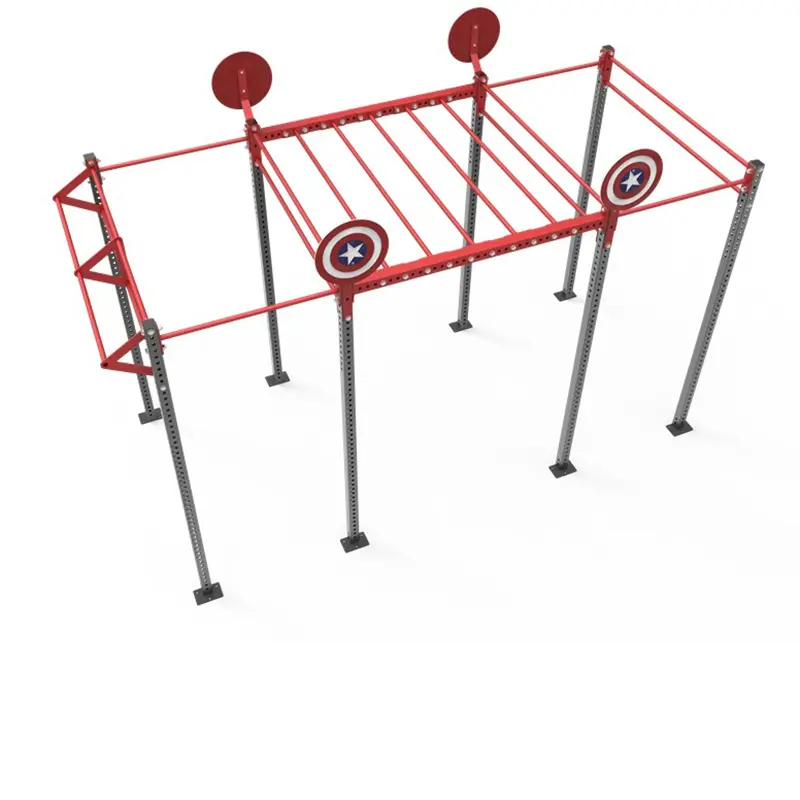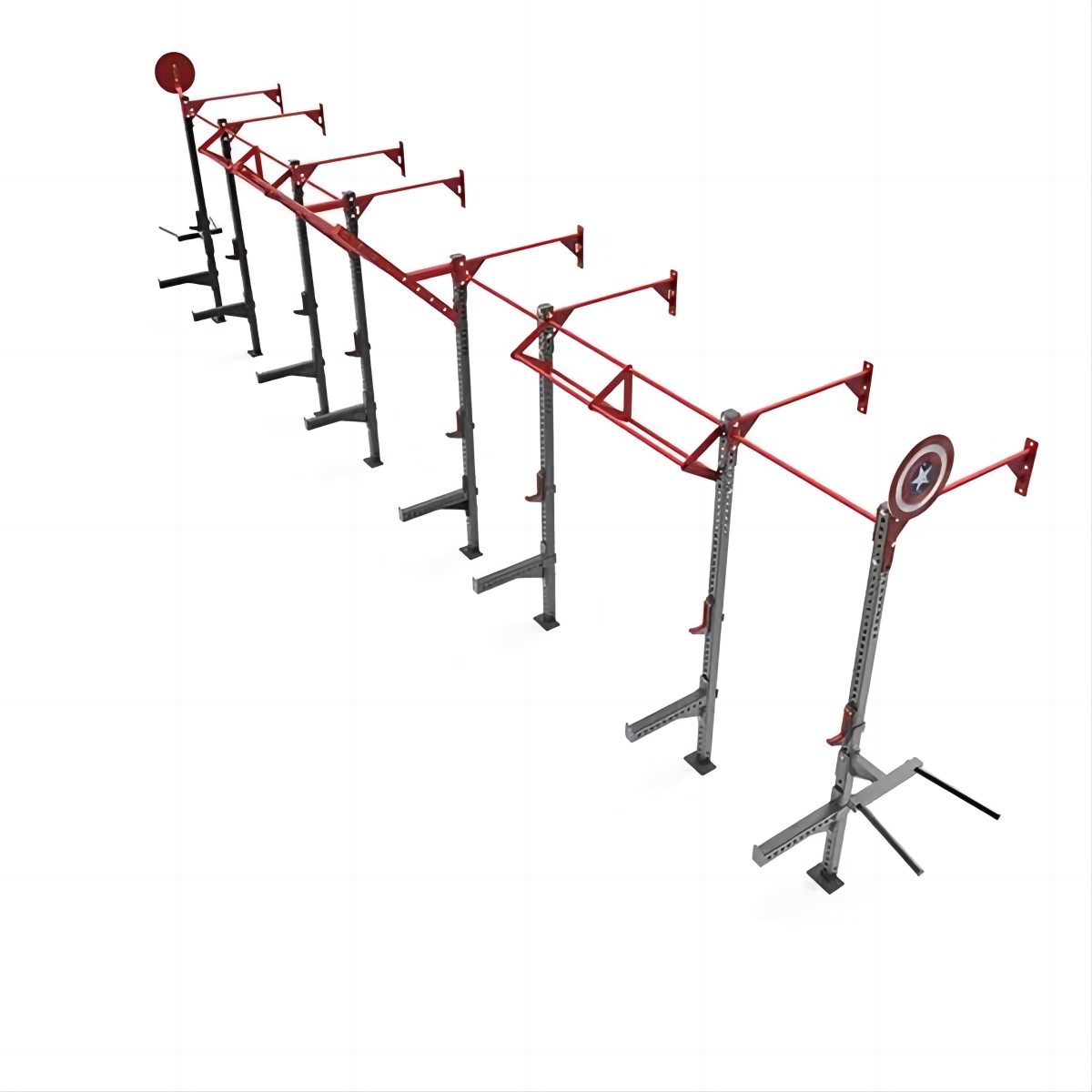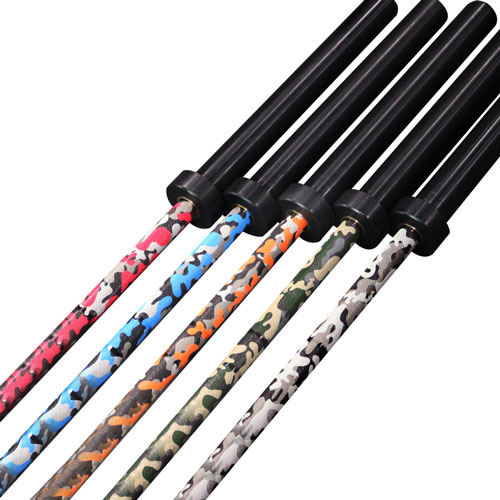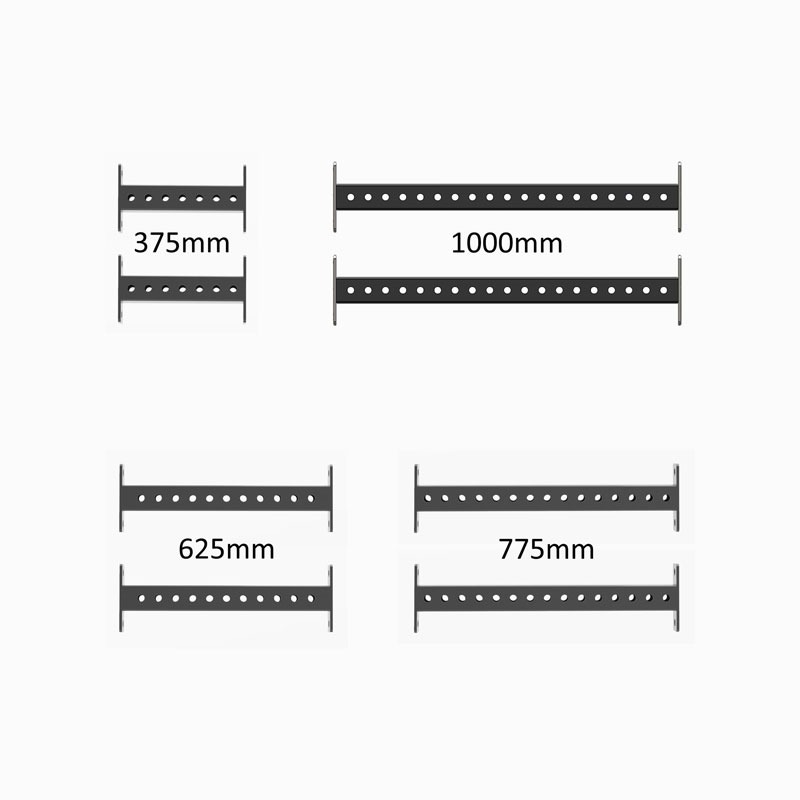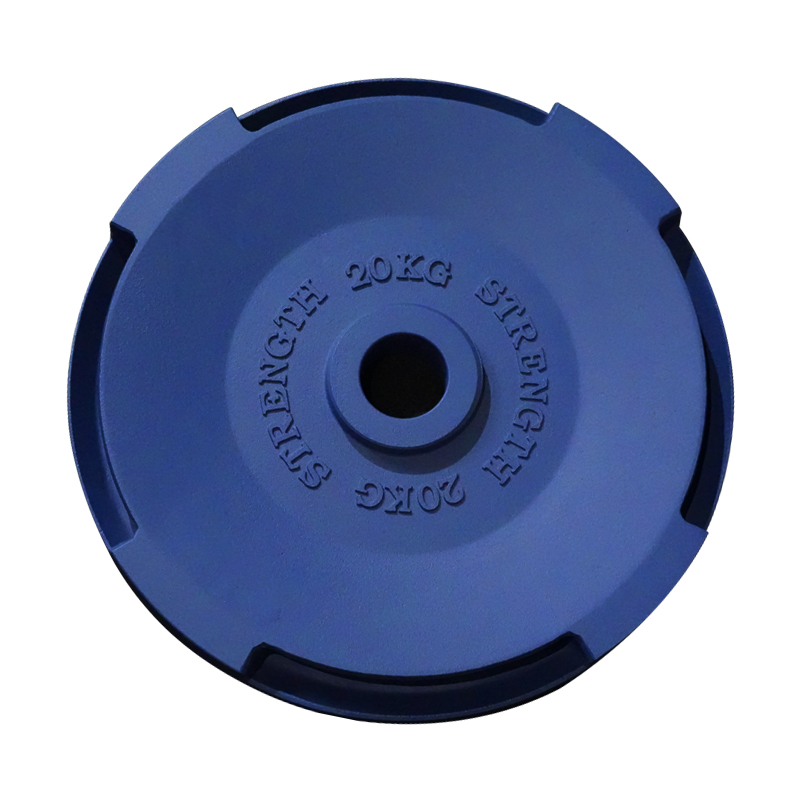Your 2025 Guide to Buying Fitness Equipment
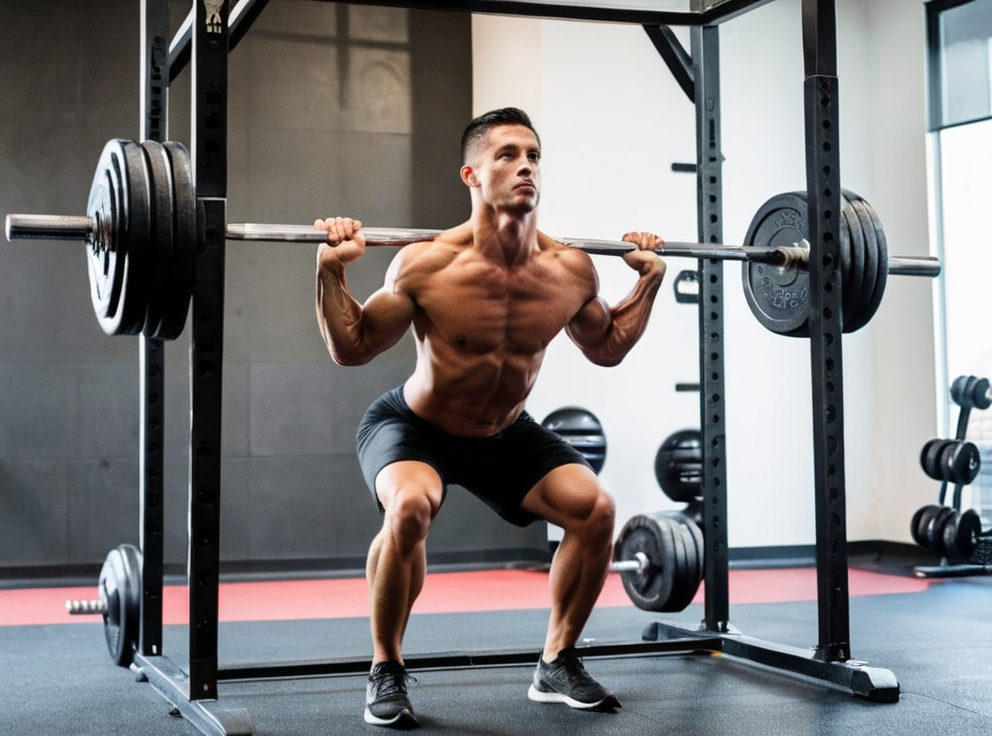
Introduction
The Growing Popularity of Home Fitness
In recent years, home fitness has experienced a surge in popularity. The convenience, flexibility, and cost-effectiveness of working out in the comfort of one's own space have made it an increasingly appealing option. The COVID-19 pandemic further accelerated this trend, as gyms and fitness centers were forced to close or limit capacity.
Benefits of Using Exercise Gear at Home
Incorporating exercise gear into your home routine offers numerous benefits:
- Increased physical activity: Gear makes it easier to engage in regular exercise and reap the health benefits associated with it.
- Improved fitness levels: Resistance training implements can enhance muscle strength, endurance, and balance. Cardio machines improve cardiovascular health.
- Weight management: Exercise equipment facilitates calorie burning and helps maintain a healthy weight.
- Reduced risk of chronic diseases: Regular exercise reduces the risk of developing chronic diseases such as heart disease, stroke, type 2 diabetes, and some types of cancer.
- Improved mood and cognitive function: Exercise releases endorphins, which have mood-boosting effects. It also enhances cognitive function and improves sleep quality.
Types of Fitness Gear
Exercise gear can be broadly classified into three categories:
Cardio Machines
- Treadmills: Simulate walking or running, providing a low-impact cardio workout.
- Ellipticals: Offer a smooth, full-body workout with minimal joint stress.
- Stationary bikes: Provide a stable and effective way to improve cardiovascular fitness.
Strength Training Implements
- Dumbbells: Versatile weights that allow for a wide range of exercises targeting various muscle groups.
- Barbells: Long, weighted rods used for compound exercises such as bench press and squats.
- Weight benches: Provide a stable platform for exercises like bench press, dumbbell flyes, and rows.
Bodyweight Training Tools
- Resistance bands: Elastic bands that provide resistance for a variety of exercises.
- Suspension trainers: Utilize straps and handles to create resistance and instability for full-body workouts.
- Medicine balls: Weighted balls that enhance core strength, balance, and power.
Smart Fitness Equipment
The latest advancement in fitness technology is smart gear. These devices integrate sensors, connectivity, and software to provide personalized workouts, track progress, and offer feedback.
Advantages and Features of Smart Equipment
- Personalized workouts: Smart gear analyzes your fitness data to create tailored workout plans that meet your specific goals and progress.
- Real-time feedback: Sensors monitor your performance and provide instant feedback on form, speed, and intensity.
- Fitness tracking: Track your workouts, progress, and calories burned through integrated apps and dashboards.
- Virtual coaching: Some smart gear offers virtual coaching, providing guidance and motivation during workouts.
- Entertainment and motivation: Smart gear often incorporates streaming apps and interactive features to make workouts more engaging and enjoyable.
Considerations for Home Fitness Spaces
When choosing gear for your home fitness space, several factors need to be considered:
Space Requirements
Different types of implements have varying space requirements. Treadmills and ellipticals require more space than dumbbells or resistance bands. Plan your layout carefully to ensure adequate space for safe and comfortable use.
Flooring Options
The appropriate flooring for your home gym depends on the type of gear used. Carpet provides cushioning for bodyweight exercises, while rubber flooring offers durability and shock absorption for heavy weights.
Ventilation and Lighting
Proper ventilation and lighting are essential for creating a comfortable workout environment. Ensure your fitness space has adequate air circulation and natural or artificial light.
Budget and Investment
Exercise gear can vary significantly in price. Consider your budget and the following factors:
- Quality: Higher-quality gear typically lasts longer and provides better performance.
- Features: Smart gear and equipment with advanced features tend to be more expensive.
- Brand: Established brands often charge a premium for their reputation and quality.
Set a realistic budget and prioritize equipment that meets your essential needs while considering potential future upgrades.
Quality and Durability
Invest in durable gear that can withstand regular use. Look for equipment with:
- Sturdy Construction: Examine the frame and materials used. Steel or aluminum frames provide durability and stability.
- High-Quality Components: Belts, rollers, and bearings should be made of durable materials and well-lubricated.
- Warranty: A manufacturer's warranty provides assurance of quality and customer support.
Safety Features
Safety is paramount when using exercise implements. Consider these features:
- Non-Slip Surfaces: Look for non-slip footplates, pedals, and handlebars to prevent falls.
- Pinch Point Guards: Covers or shields should protect against finger and limb entrapment.
- Stability: Ensure equipment has a sturdy base and stable construction to prevent tipping or wobbling.
- Emergency Stop Buttons: Some cardio machines feature emergency stop buttons for quick access in case of accidents.
Maintenance and Longevity
Regular maintenance extends the lifespan of exercise gear:
- Cleaning: Regularly clean gear to remove sweat, dirt, and debris.
- Lubrication: Lubricate moving parts according to manufacturer's instructions.
- Repairs: Address minor issues promptly to prevent more significant problems.
- Inspections: Periodically inspect equipment for any loose bolts, worn cables, or other signs of damage.
Emerging Fitness Trends
Fitness equipment technology continues to evolve, with emerging trends like:
- ... Virtual Reality (VR) and Augmented Reality (AR): VR and AR experiences bring immersive and interactive workouts.
- Wearable Fitness Trackers: Advanced fitness trackers provide comprehensive data and insights into exercise performance.
- Personalized Fitness AI: Artificial intelligence analyzes data to tailor workouts and provide personalized fitness advice.
- Home Gym Ecosystems: Companies are building comprehensive home gym systems that seamlessly integrate multiple types of equipment.
- Focus on Mental Wellness: Fitness equipment and apps increasingly incorporate mindfulness and stress management features.
Conclusion
Purchasing the right exercise implements for your specific needs requires careful consideration. Follow these guidelines to make informed decisions:
- Determine your fitness goals: Identify your target areas and the types of exercises you want to perform.
- Evaluate the space and budget: Plan your home gym layout and set a realistic budget that aligns with your needs.
- Research and compare options: Explore different types of equipment, read reviews, and compare features and prices.
- Prioritize quality and safety: Invest in durable gear that meets safety standards.
- Maintain your equipment: Follow proper maintenance guidelines to ensure longevity.
- Consult a healthcare professional: Always consult with a healthcare professional before starting a new fitness routine.
By following these steps, you can create a home fitness environment that supports your health and fitness goals effectively and safely.
FAQ about Home Fitness
What are the benefits of using exercise gear at home?
Using exercise implements at home increases physical activity, improves fitness levels, helps with weight management, reduces the risk of chronic diseases, and boosts mood and cognitive function.
What types of fitness gear should I consider for my home gym?
Consider cardio machines like treadmills and stationary bikes, strength training implements like dumbbells and barbells, and bodyweight training tools such as resistance bands and suspension trainers.
How does smart fitness equipment enhance my workouts?
Smart fitness equipment offers personalized workouts, real-time feedback, fitness tracking, virtual coaching, and entertainment features to make workouts more engaging and effective.
Where can i view different options?
Always compare different models and brands before making a purchase. Third party websites are always a great option!

